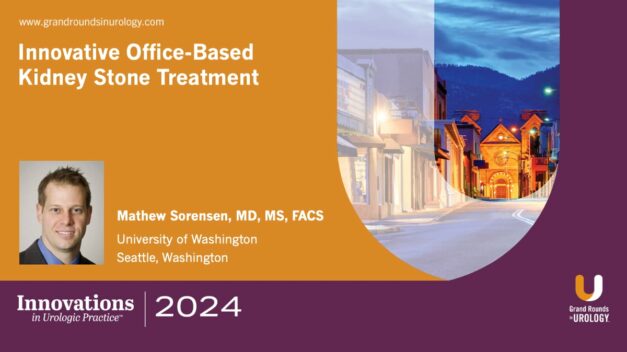SUI – AUA/SUFU Guidelines 2017 — Amendment 2023
Suzette E. Sutherland, MD, MS, URPS, discusses the AUA and SUFU guidelines for evaluating and treating stress urinary incontinence (SUI). In this five-minute talk, Dr. Sutherland reviews the five key components for evaluating a patient with SUI and discusses indications for advanced diagnostic tools such as cystoscopy and urodynamics.
Dr. Sutherland’s discussion continues with the Guideline’s treatment options, both non-surgical (pessaries, vaginal inserts, and pelvic floor muscle exercises), and surgical (bulking agents, midurethral slings). The recent amendment to the guidelines now allows clinicians to offer single-incision slings alongside retropubic and transobturator slings for patients, reflecting their comparable safety and effectiveness.





